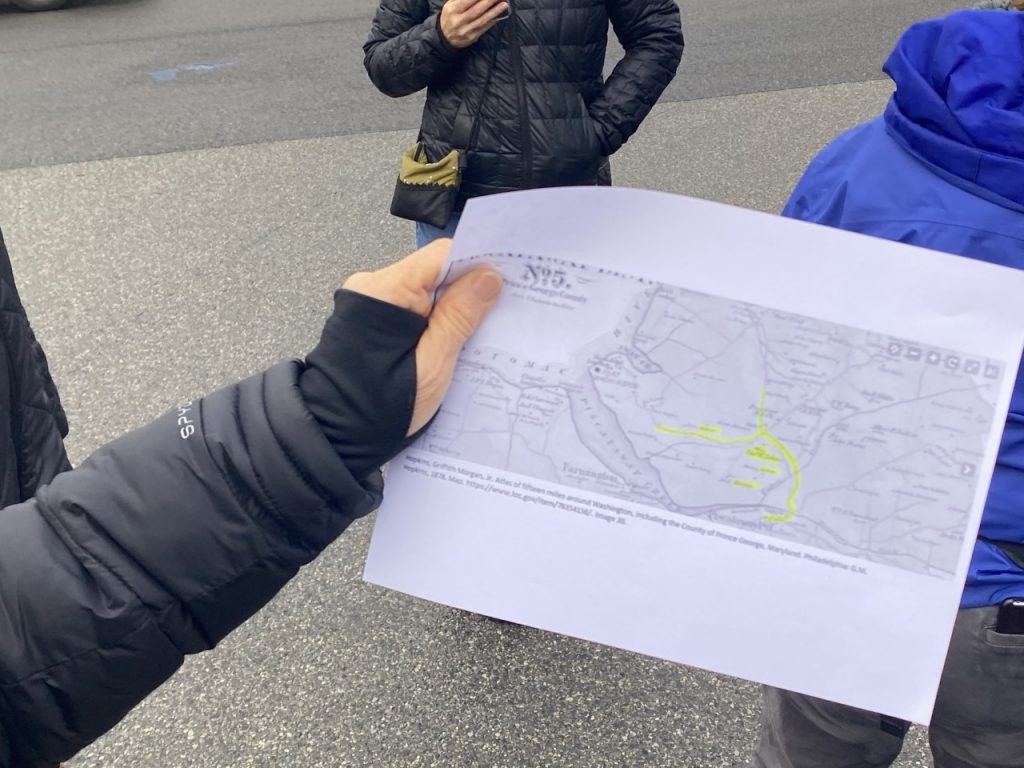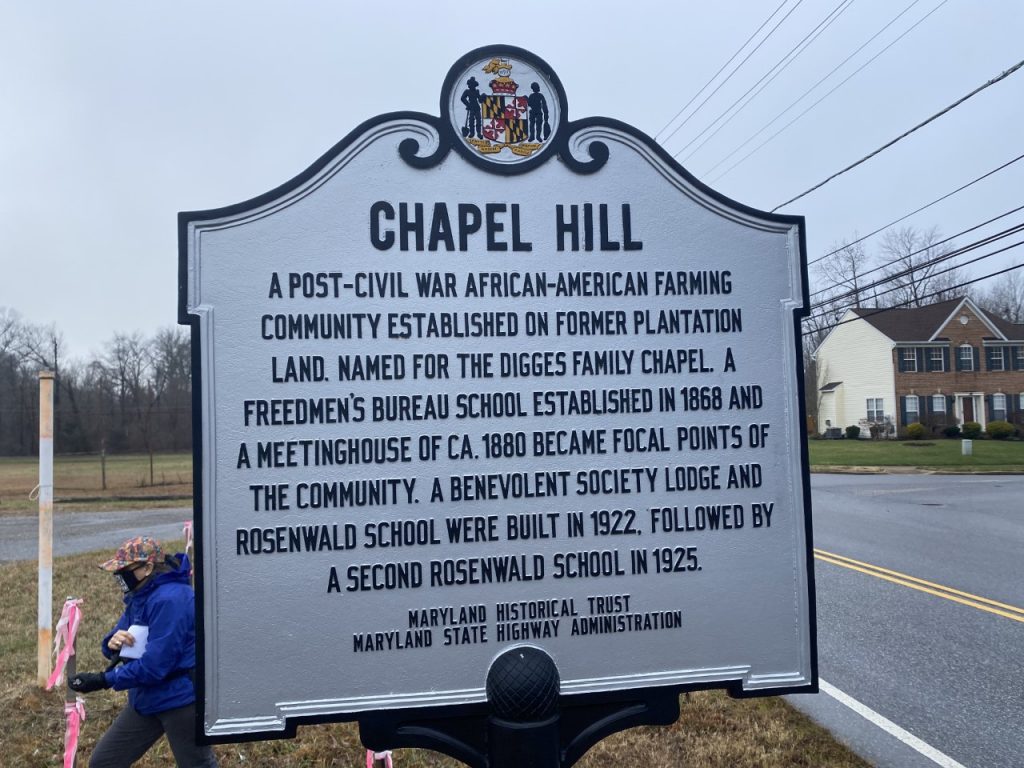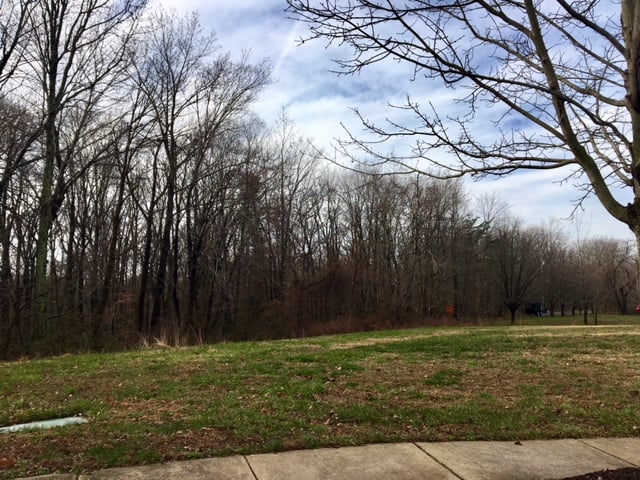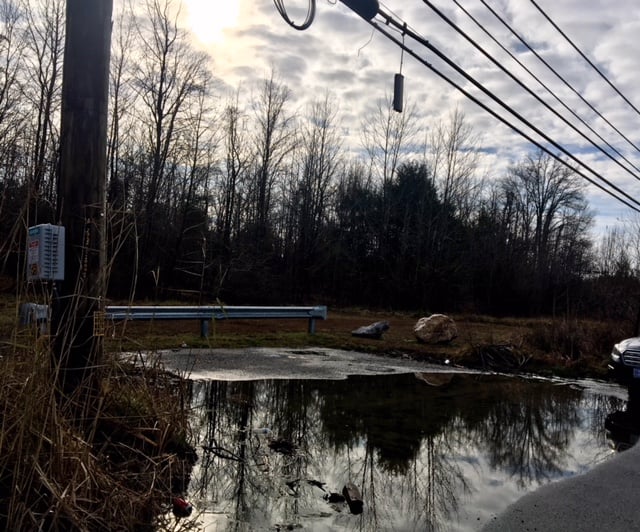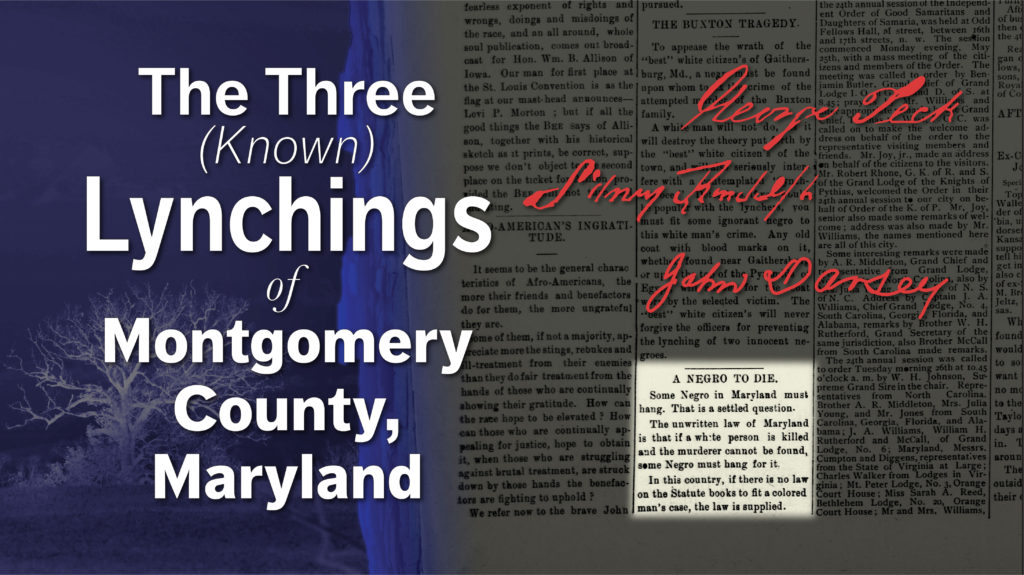The next meeting of the Prince George’s County Lynching Memorial Project is Saturday, May 15, 2021 at 2:00 p.m.
There will be a special presentation by Elinor Thompson on The Importance of Preserving Church and Cemetery Records for Historical Research.
The zoom link and agenda are below.
April minutes are attached for your information and review.
We look forward to seeing you there.
Topic: PGC LMP May 2021 General Meeting
Time: May 15, 2021 02:00 PM Eastern Time (US and Canada)
Join Zoom Meeting
https://uuma.zoom.us/j/93246777560
Meeting ID: 932 4677 7560
One tap mobile
+13017158592,,93246777560# US (Washington DC)
+13126266799,,93246777560# US (Chicago)
General Meeting Agenda
Saturday, May 15th, 2021
2:00 PM – 4:00 PM
1. Call to Order – Krystina Tucker, Co-Chair
2. Welcome and Review Meeting Process via Zoom Krystina
3. Calling of Names –
Thomas Juricks, 1869, Piscataway; John Henry Scott, 1875, Oxon Hill; Michael Green, 1878, Upper Marlboro; Stephen Williams, 1894, Upper Marlboro.
4. Review of Minutes – Crystal Carpenter, Co-Chair
5. Maryland Lynching Memorial Project Liaison Update – Lula Beatty (5 minutes)
6. State of Maryland Lynching Truth and Reconciliation Commission Liaison Update – Omar Eaton-Martinez
7. Introductions of any Newcomers and Guests
8. Special Presentation – “The Importance of Preserving Church and Cemetery Records for Historical Research” by Elinor Thompson – Maryland Commissioner on African American History and Culture (Anne Arundel County), Genealogist, Historian, Author, and Cemetery Preservationist
9. Committee Breakout Rooms (30 minutes)
10. Committee Reports Krystina (20 minutes)
a. Community Remembrance Projects (formerly Soil Collection) – Anita Brown, Jade Eaton
b. Education – Crystal Carpenter, Liz Muller
c. Outreach – Rev. Nathan HIll, Rev. Aaron Tinch
d. History/Genealogy – Krystina Tucker, Jody Wildy
11. Follow-up Discussion on Reports (as needed)
12. Announcements/Questions (5 minutes)
13. Closing
Next General Meeting: Saturday, June 19th, 2-4 pm


